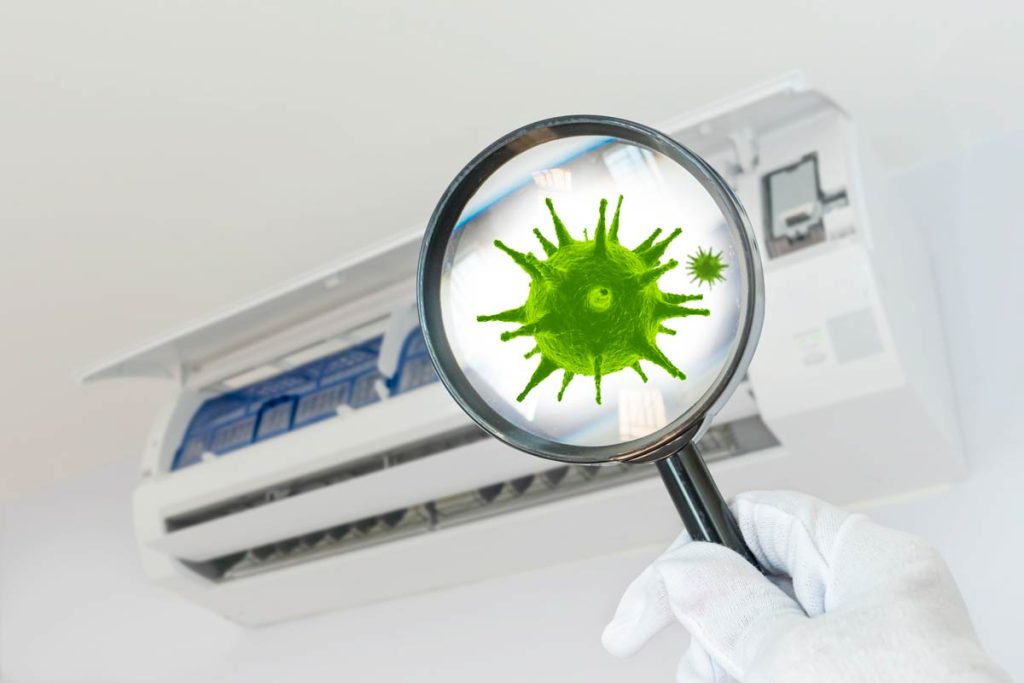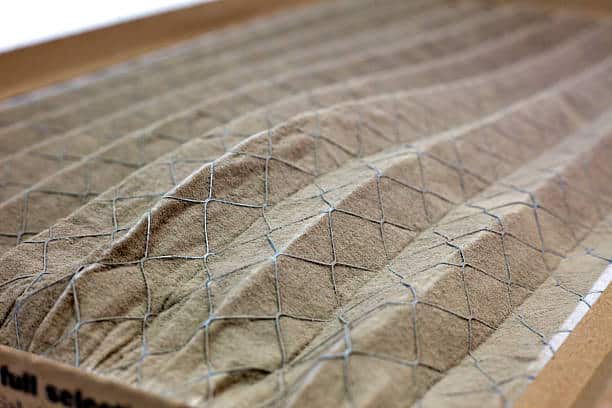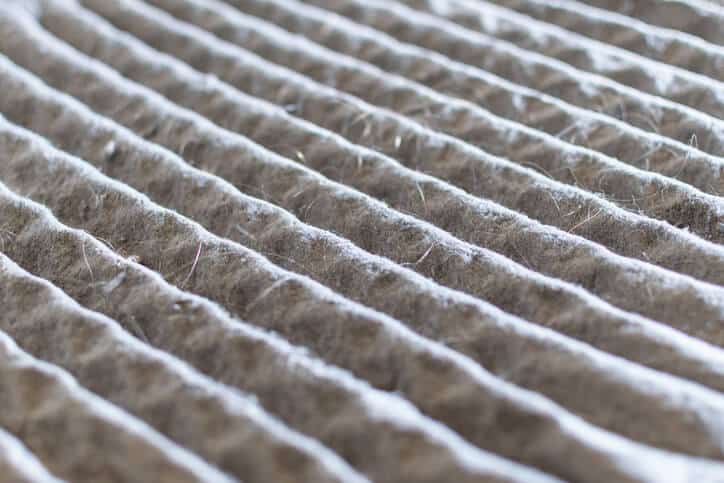Mold infestations within residential spaces can wreak havoc on both the structural integrity of a home and the health of its occupants. Consequently, when faced with such a predicament, homeowners often embark on a journey of mold remediation, a multifaceted process aimed at eradicating mold growth and preventing its recurrence. However, even after the completion of remediation efforts, lingering concerns persist regarding the necessity of replacing air filters. In this extensive exploration, we delve into the intricacies of mold remediation, the significance of air filters in maintaining indoor air quality, and the pivotal question: should homeowners replace their air filters post-mold treatment?
Understanding Mold Remediation: A Multifaceted Approach

Mold remediation is not a one-size-fits-all solution; rather, it is a multifaceted approach tailored to address the unique circumstances of each infestation. The process typically commences with a comprehensive assessment to determine the extent of mold contamination and identify the underlying causes of moisture intrusion. Subsequently, containment measures are implemented to prevent the spread of mold spores to unaffected areas, thus minimizing cross-contamination risks.
The Essence of Removal and Treatment
Central to mold remediation is the meticulous removal of mold-infested materials. This task demands precision and expertise to ensure thorough eradication of mold colonies while minimizing disruption to the surrounding environment. Additionally, treatment modalities such as the application of antimicrobial agents or encapsulation may be employed to inhibit the growth of residual mold spores and prevent future infestations.
The Crucial Role of Air Filters in Indoor Air Quality
Amidst the remediation process, the role of air filters cannot be overstated. These unassuming components serve as frontline defenders against airborne contaminants, including mold spores, dust, pollen, and other particulate matter. By capturing and trapping these microscopic invaders, air filters play a pivotal role in maintaining optimal indoor air quality and safeguarding the health and well-being of occupants.
Post-Remediation Considerations: To Replace or Not to Replace?
Upon the completion of mold remediation, homeowners are often faced with the pivotal decision of whether to replace their air filters. This decision hinges upon several factors, including the severity of mold contamination, the condition of existing air filters, and the effectiveness of remediation efforts.

Expert Insights: Guidance from Those in the Field
In seeking clarity on this matter, it is imperative to consider the insights of experts in the field of mold remediation and indoor air quality. According to industry professionals, a thorough evaluation of air filter condition post-remediation is paramount. If air filters exhibit visible signs of contamination or have been exposed to significant levels of mold spores during the infestation, replacement is highly recommended to mitigate the risk of recontamination.
Weighing the Costs and Benefits
The decision to replace air filters post-mold remediation necessitates a comprehensive cost-benefit analysis. While the prospect of additional expenses may give pause to homeowners, it is essential to consider the long-term benefits associated with ensuring optimal indoor air quality. By investing in air filter replacement, homeowners can mitigate the potential health risks posed by residual mold spores and enjoy the peace of mind that comes with knowing their indoor environment is safe and healthy.
Harnessing the Power of Prevention

Beyond the immediate considerations of post-remediation air filter replacement lies the broader imperative of prevention. Proactive measures, such as routine HVAC maintenance, prompt repair of water leaks, and vigilant monitoring of indoor humidity levels, are essential for minimizing the likelihood of mold recurrence. By adopting a proactive stance towards mold prevention, homeowners can preemptively safeguard their homes and loved ones from the perils of mold infestation.
Conclusion
In conclusion, the decision to replace air filters post-mold remediation is not one to be taken lightly. It is a deliberative process informed by a nuanced understanding of the factors at play and guided by the expertise of industry professionals. By prioritizing indoor air quality and investing in air filter replacement when warranted, homeowners can fortify their defenses against mold-related health hazards and cultivate a living environment that promotes health, safety, and well-being.






GIPHY App Key not set. Please check settings